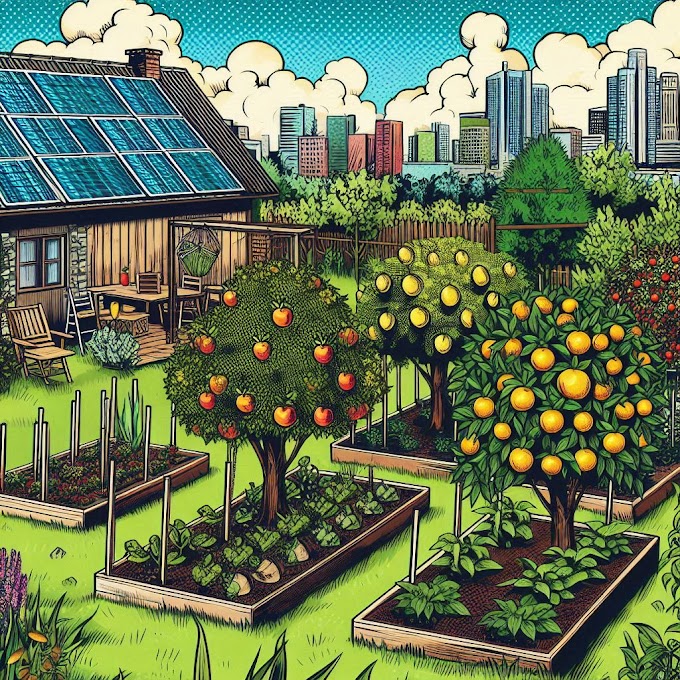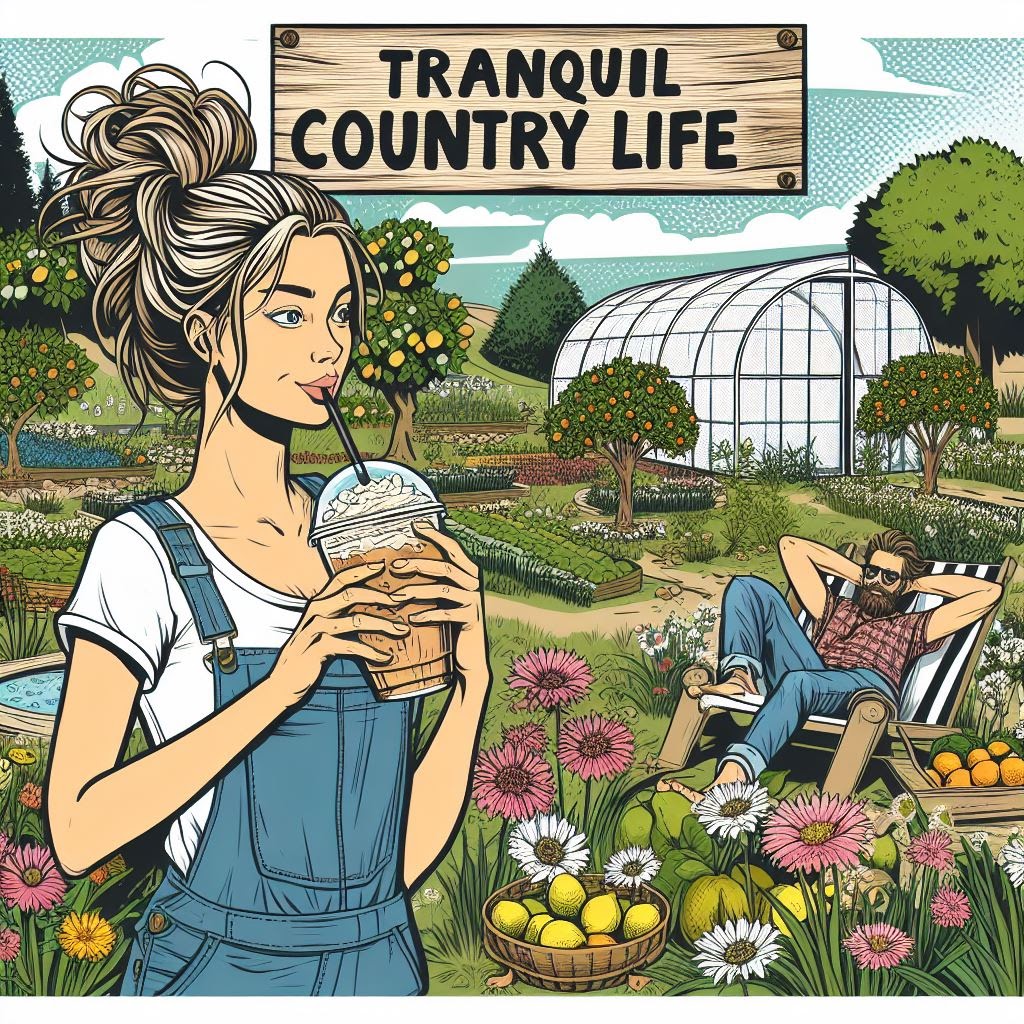Survival Garden Pest Control: Natural Ways to Protect Your Crops
In the world of survival gardening, pests can quickly turn your hard work into a feast for unwanted critters. But there’s no need to reach for chemical solutions when nature provides a wealth of eco-friendly and effective alternatives. This guide will arm you with the knowledge to protect your garden while maintaining its natural balance.
Step 1: Identify the Enemy
The first step to effective pest control is understanding what you’re up against. Common garden pests include:
Aphids: Small, sap-sucking insects that cluster on leaves and stems.
Caterpillars: These leaf-munchers can decimate plants overnight.
Slugs and Snails: Nighttime marauders that leave slimy trails.
Squash Bugs and Beetles: Destroyers of cucumbers, squash, and pumpkins.
Inspect your plants regularly for signs like chewed leaves, discolored spots, or wilting stems.
Step 2: Attract Nature’s Pest Control Team
Beneficial insects are your garden’s natural defenders. Encourage these allies with the following tips:
1. Ladybugs
Devour aphids, spider mites, and other soft-bodied pests.
Attract them by planting dill, fennel, or yarrow.
2. Praying Mantises
These stealthy hunters prey on a wide range of pests.
Create habitats with tall grasses and shrubs.
3. Lacewings
Their larvae consume aphids, thrips, and whiteflies.
Plant coreopsis, sunflowers, and cosmos to invite them in.
4. Birds
Small birds like wrens and finches feast on caterpillars and beetles.
Install birdhouses or place feeders near your garden.
Step 3: Use Companion Planting to Deter Pests
Certain plants act as natural repellents. Integrate these into your garden to ward off pests:
Marigolds: Their scent deters nematodes, aphids, and whiteflies.
Basil: Repels mosquitoes, flies, and tomato hornworms.
Garlic and Chives: Keep aphids and Japanese beetles at bay.
Nasturtiums: Attract aphids away from crops like cucumbers and squash.
Plant these companions strategically to create a pest-resistant barrier around your vulnerable crops.
Step 4: Build Physical Barriers
Sometimes the simplest solutions are the most effective. Use barriers to prevent pests from reaching your plants:
1. Row Covers
Lightweight fabric protects crops from flying insects like cabbage moths.
Use for young plants until they’re established.
2. Mesh Netting
Stops larger pests like birds and rabbits while allowing sunlight and rain to reach plants.
3. Copper Tape
Place around the base of raised beds or pots to deter slugs and snails.
Step 5: DIY Natural Sprays and Solutions
When pests persist, homemade remedies can save the day:
1. Garlic and Chili Spray
Blend garlic, chili peppers, and water; strain and spray on leaves to deter aphids and beetles.
2. Neem Oil
A natural pesticide that’s safe for beneficial insects. Dilute and apply to leaves.
3. Soap Spray
Mix mild dish soap with water to suffocate soft-bodied pests like aphids.
4. Diatomaceous Earth
A natural powder that dehydrates pests like ants and slugs. Sprinkle around plants.
Step 6: Manage Your Garden’s Ecosystem
A thriving garden is less vulnerable to pests. Keep your ecosystem healthy with these practices:
1. Rotate Crops Annually
Prevent pests from becoming established in one area by changing where you plant crops.
2. Keep the Soil Healthy
Strong plants resist pests better. Enrich your soil with compost and organic matter.
3. Eliminate Debris
Remove dead leaves and weeds where pests can hide.
4. Water Early
Watering in the morning keeps plants dry overnight, reducing the risk of slug and fungal problems.
Step 7: Trap and Remove Pests
For persistent infestations, traps and manual removal may be necessary:
1. Beer Traps for Slugs
Bury a shallow dish of beer near plants. Slugs are attracted to it and drown.
2. Handpicking
Remove large pests like caterpillars or beetles by hand. It’s tedious but effective.
3. Sticky Traps
Hang sticky traps to catch flying pests like whiteflies.
Step 8: Monitor and Adapt
Gardening is an ever-evolving process. Keep a close eye on your plants and adapt your strategies as needed. Note which methods work best and refine your approach season after season.
By combining natural pest control techniques, physical barriers, and ecological management, you can protect your survival garden without resorting to harsh chemicals.
This not only ensures healthier crops but also fosters a thriving, balanced ecosystem that benefits you and the environment.
Your survival garden is your lifeline—defend it wisely, and it will sustain you for years to come.












